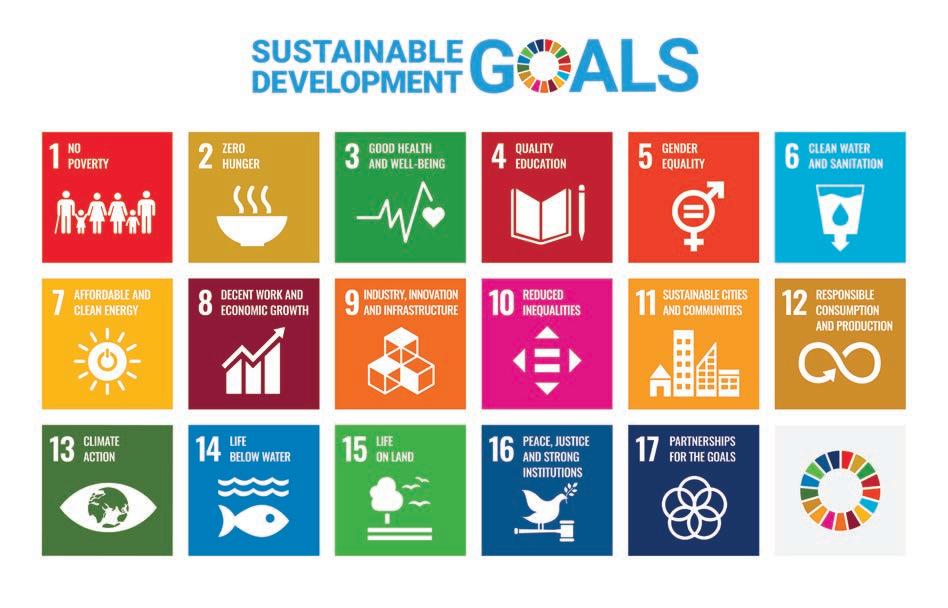The SDGs and the important role played by construction Buildings are our living spaces! We reside, live and work in them. The quality and features of a building have a huge influence on our well-being. At the same time, buildings interact with the environment. Just looking at the facts when it comes to buildings – and the process of building – makes it clear that ‘Transforming our World’ requires urgent action. This is because land and a large number of natural resources are needed to construct buildings. Even producing building materials can consume huge amounts of non-renewable energy and water, also resulting in harmful emissions. Ethical, social and ecological standards are far from being the norm. Most existing buildings account for high levels of energy consumption and CO2 emissions. Too often, buildings are simply torn down and the pool of unused man-made resources grows bigger. We all know the consequences: greenhouse gases, raw material shortages, air pollution, soil acidification, disease. Ultimately, we are also affected by this, and the hardest hit are those who have few means to protect themselves and stay safe. Adopting a sustainable perspective shows that there is an alternative. Not only can we design our built surroundings in such a way that we feel comfortable in them, we can also ensure they do no harm to others or the environment. But to do this, we need to be honest with ourselves, consider the facts and have the courage and the will to transform the construction sector and make sustainability the new normal. Building in the spirit of sustainable development means acknowledging that buildings can place value on people and nature.
8
DGNB REPORT „BUILDING FOR A BETTER WORLD“
Building sustainably creates local jobs, reduces risk by offering planning certainty and quality assurance tools, minimises operating outlays and follow-on costs, and promotes affordable housing for all. Building sustainably promotes awareness of sustainable development in the construction and property industry, thanks to well-trained people, communication with all parties involved in construction, and sustainable outcomes.
Building sustainably strives for efficient and responsible water use in construction and operation to advance sustainable water management and mitigate water scarcity.
Building sustainably requires transparency in the value creation and supply chain, basing all decisions on the fundamental understanding that sustainable business is possible in harmony with people and the environment. Building sustainably allows space for innovation and continuous development in the planning process; it also strives for a sustainable mobility and energy infrastructure both within urban districts and beyond, fostering open access to all residents.




